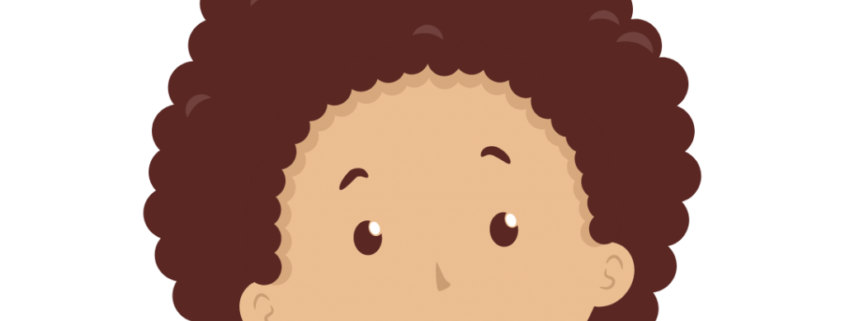Hearing is an important sense that affects communication, social interaction, and the overall quality of life. Regardless of whether you’re dealing with gradual hearing loss, sudden hearing changes, or balance problems, visiting an audiologist in Dwarka will put you back in control and enhance your auditory well-being. Thanks to the improvements in audiology, specialist treatment is within reach for Dwarka residents and those living nearby. You can find the right audiologist in Dwarka at Ayushman Hospital.
Why See an Audiologist?
Audiologists are experts at treating hearing disorders, tinnitus (ringing in the ears), and balance disorders. They are educated to evaluate your hearing by using a series of tests and suggest proper solutions, such as hearing aids, auditory training, or medical referrals. If you find yourself repeating back to people, turning up the volume on devices, or experiencing social isolation due to hearing problems, it’s time to visit an audiologist.
What Services Do Audiologists Provide?
A fully qualified audiologist in Dwarka provides many different services:
- Hearing evaluations for adults and children
- Hearing aid selection, fitting, and routine adjustments
- Tinnitus management
- Balance evaluations
- Custom earplugs for swimming, music, or noise protection
By addressing your hearing problems early, you can stop them from impacting you in your everyday life.
Ayushman Hospital – Advanced Hearing and Audiology Services in Dwarka
Ayushman Hospital in Dwarka is a premier provider of hearing healthcare. Ayushman Hospital has a leading audiology department with the latest technology, trained audiologists, and our commitment to individually tailored audiology care. Whether you require a simple test or maybe fitting of a sophisticated hearing aid, Ayushman Hospital ensures that our patients receive the proper diagnosis and solution. With a multidisciplinary offering of care and a patient-centric approach, Ayushman Hospital is the best hospital for audiology care in Dwarka. Our pricing and packages are affordable, plus an easy-to-navigate appointment system is a bonus for patients.
Conclusion
If you are looking to see a qualified audiologist in Dwarka, you have come to the right place. Whether for yourself, a family member, or a friend, do not ignore any of the signs of hearing difficulty. You can see any audiologist you trust, or you can go directly to Ayushman Hospital to receive comprehensive and empathetic hearing health care.
Frequently asked questions
Q1. When should I see an audiologist?
You should see an audiologist as soon as you notice any change to your hearing, or if you are experiencing dizziness or consistent ringing in your ear (Tinnitus). Early intervention can only help to improve or manage hearing capabilities.
Q2. Are hearing tests painful or invasive?
No, Hearing tests are completely painless and non-invasive. they typically include listening to tones or speech through a set of headphones.
Q3. How much do hearing aids cost in Dwarka?
Hearing aid pricing varies based on brand & features. Basic aids start around ₹10,000, with advanced digital options costing between ₹1,50,000 and up.
Q4. Can children also see an audiologist in Dwarka?
Absolutely. Many audiologists in Dwarka have training and practice in working with children and performing pediatric hearing assessments.
Q5. Do I need a referral to see an audiologist at Ayushman Hospital?
No referral is necessary. You can schedule an appointment in the audiology clinic at Ayushman Hospital for any hearing issue directly.





